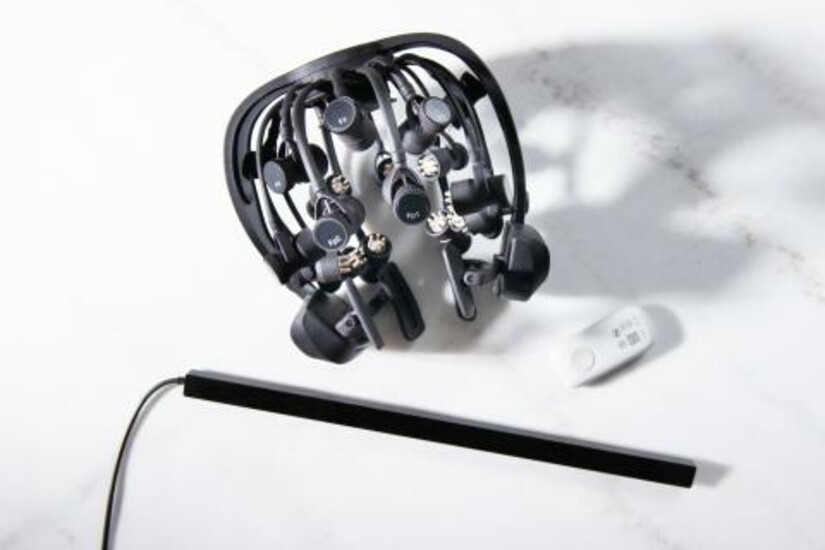Draper to Develop Neural Tool to Combat Suicide
CAMBRIDGE, Mass.—A new behavioral health tool may help clinicians identify patients at risk of suicide. The tool, in development at several research institutions, including Draper, will identify and integrate preconscious brain signals with other physiological biomarkers into an objective screening process. The intent is to provide clinicians with previously unavailable information about the brain, and improve efforts at earlier interventions. The research could aid in the effort to reduce the estimated 45,000 Americans who die from suicide every year.
“Preconscious neural signals occur between approximately 500 and 750 milliseconds. They represent your brain processing information prior to you being consciously aware or able to filter your response,” said Gretchen Knaack, Ph.D., a neuroscientist in Draper’s Biosecurity group. “A diagnostic tool that uses preconscious brain signals and physiological biomarkers may provide quantitative information that someone is at risk for suicide, thus enabling clinicians to give treatment earlier and more reliably than ever before.”
Knaack is on a team at Draper that was recently selected by DARPA to study the problem with a focus on military personnel and veterans. The agency envisions a day when clinicians will be able to detect signs of depression, anxiety or suicidal ideation using an individual’s preconscious brain signals. DARPA announced the Neural Evidence Aggregation Tool (NEAT) program in 2022 and recently selected the teams.
Current methods to detect early signs of behavioral health risk factors like anxiety, depression or substance abuse that can lead to suicide generally rely on self-reporting and screening questionnaires, which are subjective. Patients often tell their clinicians what they think the clinician wants to hear, rather than how they are truly feeling, or filter their responses due to the persistent stigma behind mental health.
The challenge can be even greater for military personnel or veterans. A warfighter’s commitment to stay in the fight, combined with the fear that others may perceive them as weak for seeking behavioral health assistance, make current screening methods particularly difficult in military personnel.
NEAT is focused on aggregating preconscious brain signals to determine what someone believes to be true. The screening process envisioned could involve presenting various stimuli of behavioral health relevance, such as biographical information, actions or intentions, and then triangulating the neural and physiological responses linked to those stimuli. NEAT would quantify the preconscious signals into evidence that the person believes the stimuli are true, false or indeterminate.
Draper’s focus will be to design, test and refine methods to evoke specific preconscious mental processes. The multimodal approach will include physiological sensors such as electroencephalogram (EEG), electrocardiogram (ECG) and pupillometry, combined with innovations in sensor fusion, signal processing and neural analytics; and use advances in machine learning and data science to aggregate the preconscious responses collected across a set of stimuli into a final measurement that quantifies what a person believes to be true for a specific topic.
“Ultimately, NEAT will provide clinicians with an objective metric for mental health,” said Andrea Webb, Ph.D., a scientist in Human Centered Solutions at Draper. “We are excited by the potential for NEAT to help assess and treat mental health issues and improve outcomes for those affected by them.”
Joining Draper in this effort are researchers and clinicians from leading U.S. institutions. They include Diego A. Pizzagalli, Ph.D., of McLean Hospital and Harvard Medical School; Dan Dillon, Ph.D., also of McLean Hospital; Anna Wexler, Ph.D., at the University of Pennsylvania; Gene Civillico, Ph.D., at Northeastern University; Paola Pedrelli, Ph.D. at Harvard Medical School and Massachusetts General Hospital; and Omer Inan, Ph.D., from the Georgia Institute of Technology.
Approved for Public Release, Distribution Unlimited.
Released July 11, 2023










